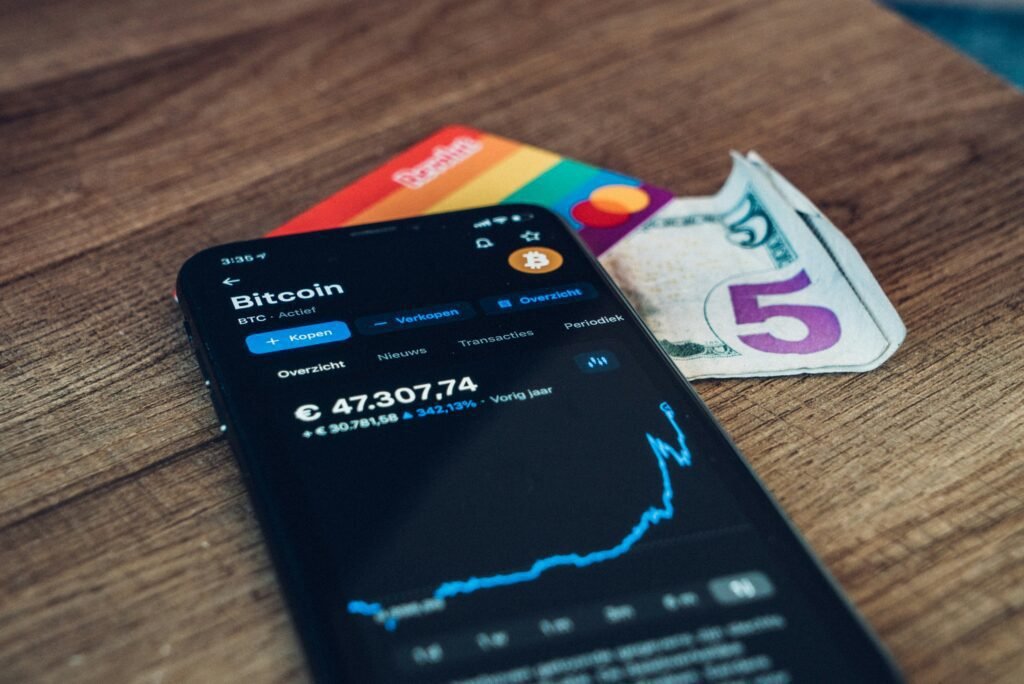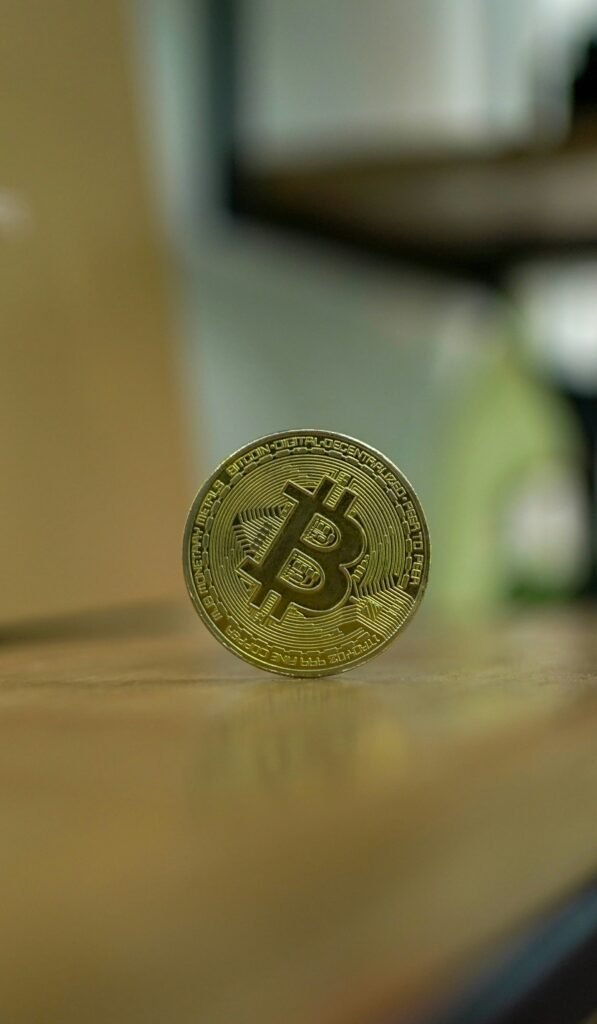Billionaire investor Ray Dalio has reignited the debate around the U.S. economy and the role of cryptocurrencies by suggesting that the rise in Bitcoin’s popularity is intensely tied to what he describes as a coming “debt-fueled heart attack” in America. This warning strikes at the heart of growing concerns in the financial world—how unsustainable U.S. debt, weakening fiat currency, and economic instability are amplifying the value of digital assets. As crypto traders closely track Federal policies, interest rates, and inflation, the connection between the Bitcoin and debt cycle has never been more relevant—or more urgent.
Dalio, founder of Bridgewater Associates and a longtime critic of monetary excess, is not alone in sounding the alarm. The cryptocurrency market has consistently responded to macroeconomic tremors, such as rising interest rates and currency devaluations. His assertion that Bitcoin and gold are becoming go-to assets in a new era of financial instability aligns with growing investor sentiment. As the U.S. moves deeper into its debt cycle, capped-supply assets like Bitcoin appear as a beacon for those hedging against what might come next.
A “debt-fueled heart attack” is brewing in the U.S. economy
Dalio’s term—a “debt-fueled heart attack”—is more than a metaphor. It encapsulates the mounting risks within the U.S. debt structure, which currently exceeds $33 trillion. With ballooning liabilities and minimal political appetite for fiscal tightening, the U.S. economy is approaching what Dalio describes as the “traumatic last phase” of the debt cycle. Historically, the end stages involve inflation spikes, loss of investor confidence in fiat currency, and eventually, financial reset.
What does this mean for cryptocurrencies? For one, investors are increasingly turning to Bitcoin, viewing it not just as speculative digital gold but as a legitimate store of value. Bitcoin’s fixed supply of 21 million coins creates scarcity, which is especially appealing when fiat currency continues to be printed in excess.
Bitcoin, gold, and the shift away from fiat currencies
Bitcoin shares center stage with a more traditional hedge—gold. Dalio recommends allocating around 15% of portfolios to a mix of Bitcoin and gold, noting their complementary roles in weathering macroeconomic upheaval. As inflation eats away at the dollar’s purchasing power, these assets become financial lifeboats.
This pivot tells a broader story about eroding confidence in fiat currencies. The dollar, while still dominant globally, faces headwinds from endless debt issuance and potential downgrades. Investors are sensing this shift and reallocating portfolios to include cryptocurrencies and metals that don’t rely on nation-state backing. This behavior reflects a growing distrust in government-controlled money and a turn toward decentralized or historically reliable alternatives.
Stablecoins regulation can play a critical role in systemic stability
Amid Bitcoin’s rise due to fiscal uncertainty, regulatory structures—especially around stablecoins—may define the next chapter of global monetary evolution. Stablecoins, which are typically pegged to fiat currencies, offer crypto liquidity while minimizing volatility. However, without proper oversight, they also pose systemic risks.
Effective stablecoins regulation, targeted at transparency and full-reserve backing, could be the bridge between decentralized assets and the traditional financial system. When integrated thoughtfully, stablecoins can enhance Bitcoin’s functionality not just as a store of value, but as a valid transacting currency amidst global economic shifts.
Cryptocurrency markets reflect broader economic tensions
The cryptocurrency market is no longer a niche. It reflects profound economic anxieties. When the U.S. Federal Reserve raises or delays rate hikes, Bitcoin’s price often reacts instantly. Similarly, announcements about U.S. debt ceilings or credit ratings ripple through crypto wallets and exchanges worldwide.
As such, Bitcoin is functioning as a real-time index of global economic sentiment. It not only tracks investor interest but also reflects fears about currency dilution, fiscal mismanagement, and geopolitical fragility. The modern-day investor—whether retail or institutional—is acutely aware of these macro factors and sees digital assets as part of a more diversified, responsive financial toolkit.
Will Bitcoin replace the dollar? Not yet, but the role is growing
While Bitcoin replacing the dollar is still far from reality, its role continues to expand. Importantly, Dalio stops short of calling for a collapse of fiat but instead invites a more diversified, balanced approach to wealth preservation.
Bitcoin’s rise amid debt turmoil is not a threat—it’s a symptom and a signal. The financial world is evolving, and digital assets are gaining legitimacy as macro hedges. Whether used to store value, hedge against inflation, or escape capital controls, Bitcoin is now a frontline response to an unraveling debt-driven economy.
Frequently asked questions about Bitcoin and debt cycle (FAQ)
Why does Ray Dalio link Bitcoin’s rise to U.S. debt?
Ray Dalio argues that as U.S. debt spirals out of control, traditional assets tied to the dollar become riskier. Bitcoin, with its fixed supply, becomes a more attractive store of value, especially amid inflation and money printing.
How does the U.S. debt cycle affect cryptocurrency markets?
As U.S. national debt rises, investor faith in the dollar declines. This leads to increased interest in crypto and gold, driving their market values up as investors seek alternatives to fiat-based assets.
What is a “debt-fueled heart attack”?
This is Dalio’s way of describing a financial crisis driven by excessive national debt. It refers to a breakdown in trust of a country’s financial health, potentially causing shockwaves in both traditional and crypto markets.
Should I invest in Bitcoin due to U.S. debt concerns?
Many investors view Bitcoin as a hedge against inflation and fiat instability. However, it’s important to weigh risks and consult financial advisors before changing portfolio strategies.
What role do stablecoins play in this scenario?
Stablecoins offer a fiat-pegged entry to crypto but can also carry risks without regulation. With proper oversight, they may help bridge traditional finance with the crypto world more effectively.
Sources to this article
Bridgewater Associates (Ray Dalio insights), U.S. Department of the Treasury (National Debt Statistics), CoinDesk and Bloomberg (Market Reactions to U.S. Debt), Harvard references:
Dalio, R. (2023). Principles for Navigating Big Debt Crises. Bridgewater Associates.
U.S. Department of the Treasury. (2024). The National Debt Explained. Retrieved from: https://home.treasury.gov
CoinDesk. (2024). Bitcoin price reacts to Fed statements. Retrieved from: https://www.coindesk.com
Bloomberg News. (2024). Bitcoin and Bonds: Risk-Off or Safe Haven? Retrieved from: https://www.bloomberg.com



